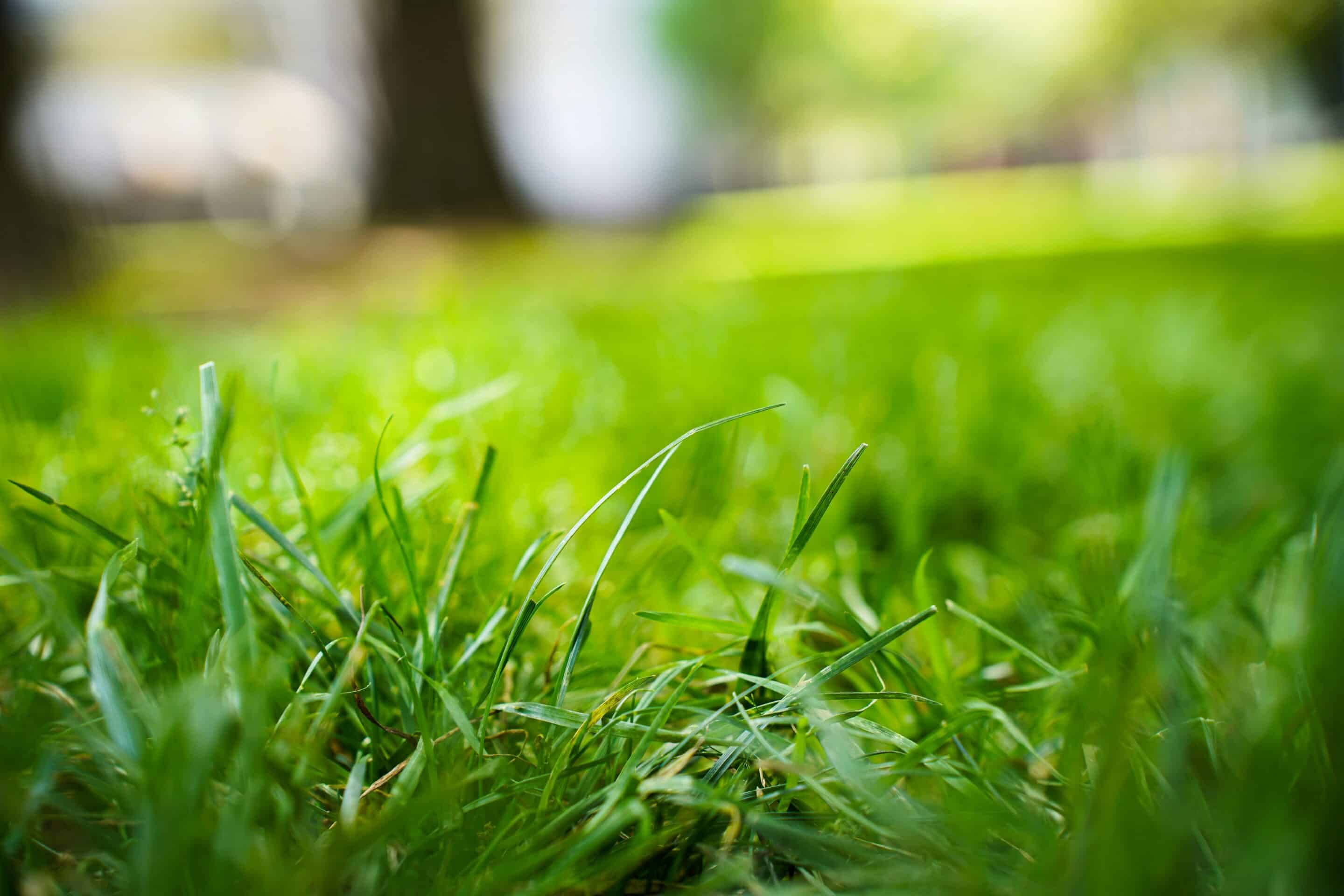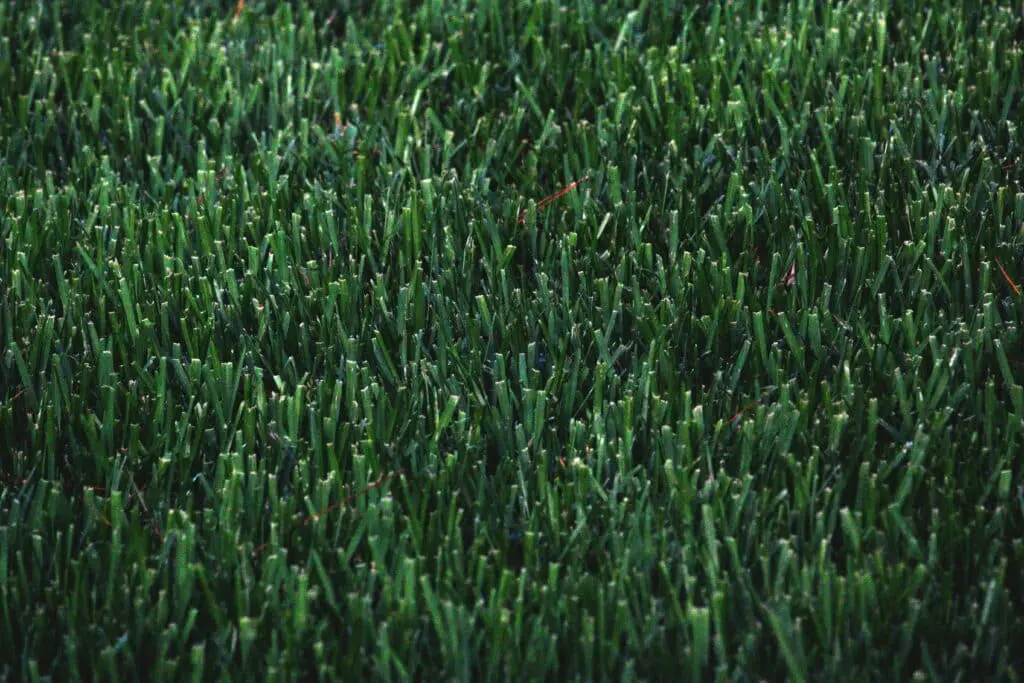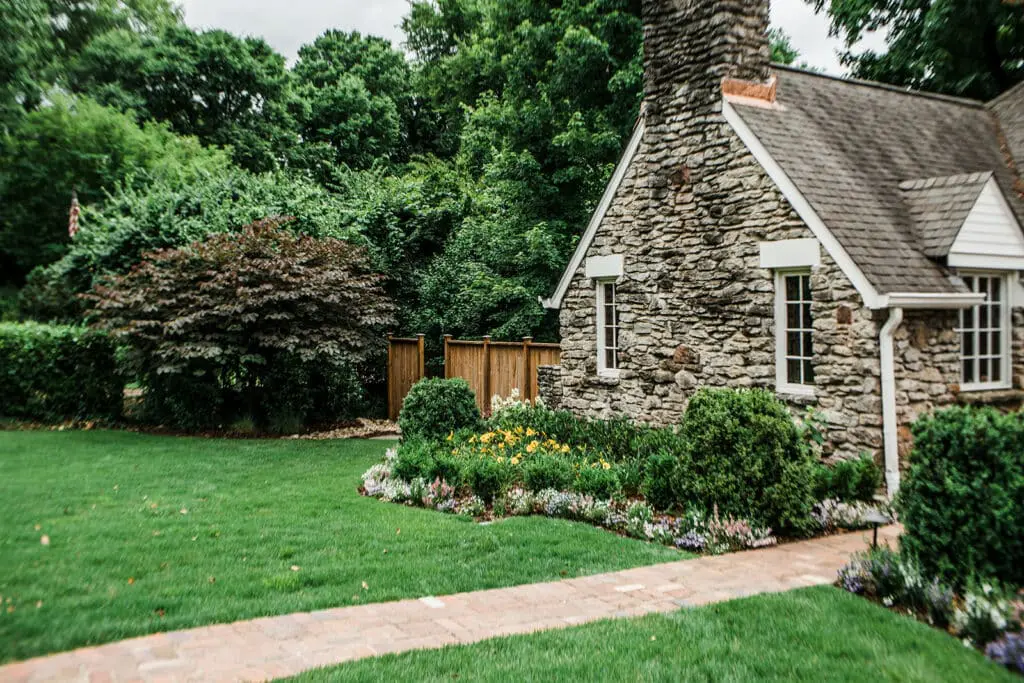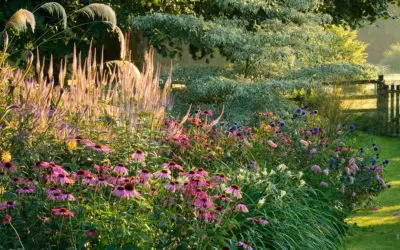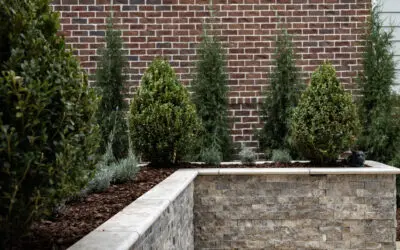If you want some help making your lawn look full and green this spring, book a consultation! We’d love to help!
A lush, green lawn is a thing of beauty. Still, that beauty often comes with a cost: When it takes repeated application of chemicals to keep it green and growing, without the consideration of transitioning to more sustainable lawn care practices, the soil – and the environment in general – suffers.
Sustainable lawn care solutions are within reach, though. Gardens of Babylon’s new Lawn Care Programs focus on creating alternatives to typical lawn care treatments. Naturally based fertilizers, along with a common sense longer-term management approach, are what allow patchy, weedy lawns to become thick and green while keeping the environment in mind. Gardens of Babylon’s Matt Kerske tells how:
Where to Begin
It all begins with the soil, of course. If the lawn is trying to grow in soil that lacks biological and nutrient vitality, it may only grow the most vigorous plants – what we often call “weeds.”
“It’s no secret that grass is a plant, like any other plant,” Kerske says. “You can’t build a lawn of thick, healthy grass without building a healthy soil. Getting a healthy stand of turf requires a good understanding of the overall soil health and biology.”
The first step, then, is doing a soil test to find out the actual composition of the soil. This test measures the soil’s pH level, points out nutrient deficiencies, and is the best way to know the next steps to take to improve the growing conditions in your landscape.
“We focus on the biology in the soil,” Kerske says. “When we can balance the biology with the good microbes in the soil, we make the plants more resistant to diseases and pests, and you can have less of a weed problem.”
What we do
The service begins with a consultation and the soil test to first determine the nutrient levels and deficiencies, and make recommendations for addressing those deficiencies. A soil compaction test is also performed. “Making those recommendations, we build from there,” Kerske says.
Because each lawn and customer is different, the specialist designs a custom lawn care program with a long term focus on natural fertilizer, biological soil treatments, and herbicide applications. The service includes several visits each year, with the plan implemented in steps.
“During those visits staged throughout the year, we apply a combination of naturally based fertilizers and natural or conventional herbicides, depending on what type of lawn program the customer has chosen.”
In some cases, Kerske says, depending on the customer preference, a Bridge Program, using conventional herbicides, may be recommended at the beginning to help “Bridge” the transition to more sustainable lawn care practices. “For some harder to kill perennial weeds in warm season lawns” – he mentions dallisgrass and nutsedge, among others – “there are really no organic herbicides to eliminate them, so we selectively use conventional herbicides to first knock out the invasive weeds, then transition to an application of naturally based herbicides in coming years as the program renews.”
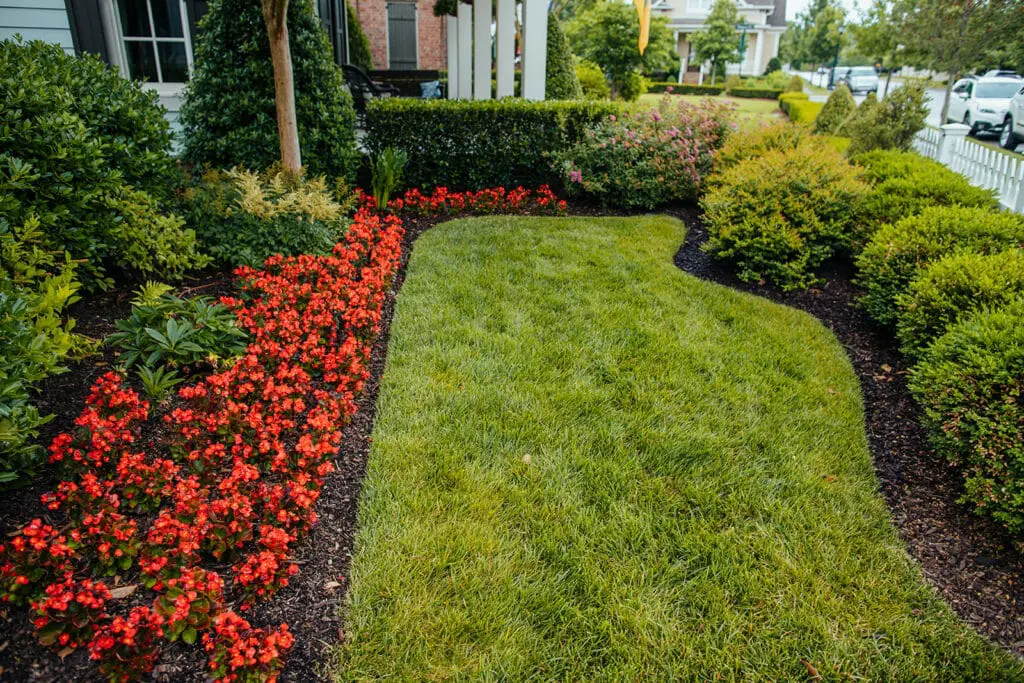
“How we differ from others is that most companies blanket-apply conventional herbicides multiple times every year,” he says. “Ours is a more reasonable approach.”
The program can be designed for any lawn, “But is especially attractive to customers who are wanting a lush, healthy lawn and have a bias toward more environmentally sound practices.” Kerske says.
Lawn programs like this allow you to enjoy a beautiful, sustainably cared-for lawn year-round, without the trouble or time-investment of doing it yourself.
Ready to transform your soil and lawn using more sustainable practices? To get a free lawn care quote sent over, click here.


